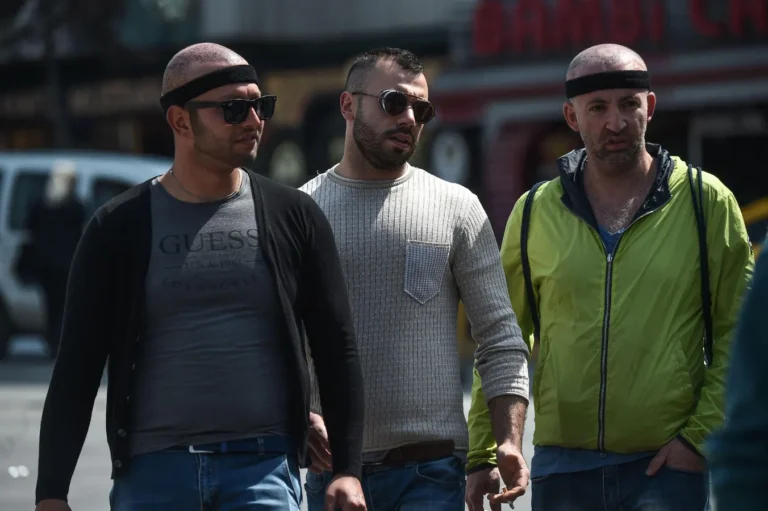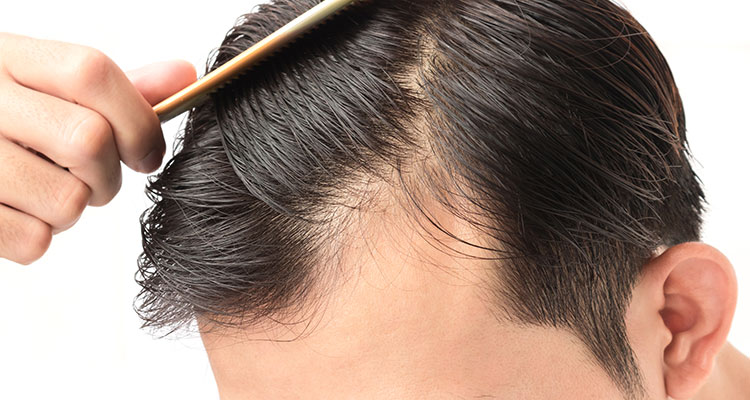Ethnic Considerations For Hair Restoration

When it comes to hair restoration, one size does not fit all. Each patient brings unique hair characteristics influenced by their ethnic background, which is crucial in planning and executing successful hair transplant procedures. At Davis Cosmetic Plastic Surgery in Cherry Hill, NJ, led by board-certified plastic surgeon Dr. Steven Davis, we understand the importance of Ethnic Considerations For Hair Restoration. Tailoring techniques to accommodate different hair types ensures that each patient achieves the most natural and satisfying results possible.
Understanding Hair Types and Ethnic Backgrounds
Hair type and texture can vary significantly across different ethnic groups. Recognizing these differences is essential for creating practical and aesthetically pleasing hair restoration solutions. Hair types can generally be categorized as straight, wavy, curly, and tightly coiled. Each category presents unique challenges and requires specific approaches during the hair transplant process.
Straight Hair
Straight hair, commonly found among individuals of Asian descent, tends to be smooth and cylindrical. The primary challenge with straight hair is ensuring that the transplanted follicles grow in the correct direction to achieve a natural look. Dr. Steven Davis emphasizes the importance of precise angling and placement of each follicle to mimic the natural growth pattern of the patient’s hair.
Wavy Hair
Wavy hair, often seen in individuals of Caucasian and Middle Eastern descent, has a gentle curve that adds volume and texture. When restoring wavy hair, it is essential to consider the direction and flow of the natural waves. Hair follicles must be placed meticulously to maintain the hair’s natural waviness and avoid abrupt changes in texture or pattern.
Curly Hair
Curly hair, common among African American and some Latino individuals, presents a unique set of challenges due to its coiled structure. Curly hair follicles are typically curved and have a higher density, making extraction and implantation more complex. Dr. Davis utilizes specialized techniques to handle curly hair, ensuring that the natural curl pattern is preserved and that the transplanted hair blends seamlessly with the existing hair.
Tightly Coiled Hair
Tightly coiled hair, prevalent in individuals of African descent, is the most challenging to transplant due to its tight, spiral structure. The follicles of tightly coiled hair are often curved or bent, requiring high skill and precision during extraction and implantation. Dr. Davis is experienced in addressing the unique needs of patients with tightly coiled hair, using advanced techniques to ensure optimal results.
Techniques and Approaches for Different Hair Types
At Davis Hair Restoration, we employ various techniques tailored to each patient’s specific needs, taking into account their ethnic background and hair type.
Follicular Unit Extraction (FUE)
FUE is a popular hair restoration technique that involves extracting individual hair follicles from the donor area and implanting them into the recipient area. This method is particularly beneficial for patients with curly or tightly coiled hair, as it allows for the precise extraction of individual follicles without causing significant trauma to the scalp. Dr. Davis uses specialized tools to carefully extract and implant each follicle, preserving the natural curl pattern and ensuring a natural-looking result.
Follicular Unit Transplantation (FUT)
FUT, also known as strip harvesting, involves removing a strip of scalp from the donor area, from which individual hair follicles are dissected and transplanted to the recipient area. This technique is suitable for patients with straight or wavy hair, as it allows for transplanting more follicles in a single session. Dr. Davis ensures that the donor strip is taken from an area where hair growth is most dense, maximizing the success of the transplant.
Customized Hairline Design
Creating a natural-looking hairline is crucial for the success of any hair restoration procedure. Dr. Davis considers the patient’s facial features, hair type, and ethnic background when designing the hairline. For example, patients with straight hair may require a different hairline shape than those with curly or tightly coiled hair. This customized approach ensures that the hairline blends seamlessly with the patient’s natural hair and enhances their overall appearance.
Post-Operative Care and Maintenance
Ethnic Considerations For Hair Restoration extend beyond the surgical procedure itself. Post-operative care and maintenance are critical for ensuring the longevity and success of the hair transplant. Dr. Davis provides personalized aftercare instructions tailored to each patient’s hair type and ethnic background. This includes guidance on hair washing, styling, and using products that promote healthy hair growth.
At Davis Hair Restoration we understand the importance of Ethnic Considerations For Hair Restoration. By tailoring our techniques and approaches to each patient’s unique needs, we ensure that everyone receives the best possible results. Whether you have straight, wavy, curly, or tightly coiled hair, Dr. Steven Davis and our experienced team are committed to helping you achieve a natural and confident look.
If you are considering hair restoration, contact us today to schedule a consultation. Let us help you take the next step toward a fuller, more natural head of hair tailored to your unique needs and background.






